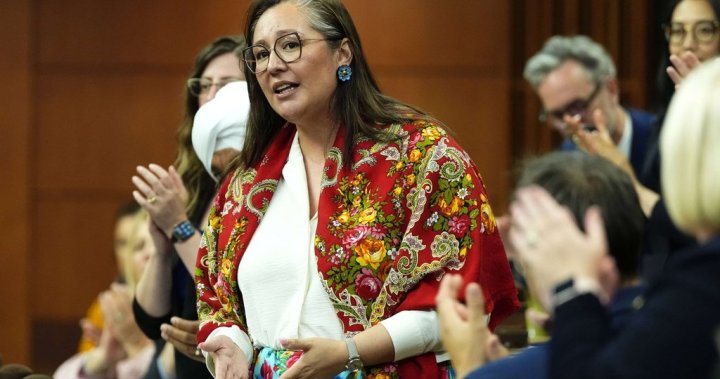The brewing standoff between Alberta and Ottawa over First Nations drinking water legislation speaks volumes about the complex interplay of provincial rights, Indigenous sovereignty, and federal authority that continues to shape our national landscape.
I’ve been tracking this situation since February when Premier Smith first signaled Alberta’s opposition to federal Bill C-61. What began as a political disagreement has evolved into something more significant, with Ontario now joining Alberta’s resistance to the proposed First Nations clean drinking water legislation.
At issue is Ottawa’s Clean Water for First Nations Act, which aims to develop regulations for water and wastewater on First Nations territories. The federal government frames this as addressing a critical need, pointing to decades of advisories and infrastructure failures that have left many Indigenous communities without safe drinking water.
“This isn’t simply about jurisdiction—it’s about accountability,” a source within Alberta’s Indigenous Relations Ministry told me last week during a background briefing. “The province believes First Nations communities deserve better than what Ottawa has delivered.”
Premier Smith’s government argues that water management falls squarely within provincial jurisdiction under the Constitution. Her recent statements emphasize that Alberta already has “robust” water management systems that could better serve First Nations communities through direct partnerships rather than federal oversight.
The numbers paint a troubling picture of the current situation. According to Indigenous Services Canada, there are still 29 long-term drinking water advisories in effect across First Nations communities nationwide. While this represents significant progress from the 105 advisories in 2015, the persistence of these issues underscores the urgency for effective solutions.
Chief Billy Morin of Enoch Cree Nation offered a nuanced perspective when I spoke with him at a recent economic development conference in Calgary. “First Nations need to be at the center of these discussions,” he said. “Provincial or federal—what matters most is that solutions are developed with our full participation and consent.”
Ontario’s entry into this jurisdictional battle adds another layer of complexity. Premier Doug Ford’s government sent federal Indigenous Services Minister Patty Hajdu a letter expressing similar constitutional concerns about federal overreach into provincial water management authority.
Alberta’s Minister of Indigenous Relations, Rick Wilson, maintains that provincial oversight would be more responsive to local needs. “We understand Alberta’s unique watershed challenges and have decades of experience managing water resources effectively,” Wilson stated during a press conference I attended in Edmonton last month.
The federal government counters that its approach respects both treaty rights and the pressing need for national standards. Minister Hajdu emphasized that Bill C-61 was developed “in partnership with First Nations” and accused provinces of placing “jurisdictional arguments above the basic human right to clean water.”
Water policy expert Dr. Sarah Thompson from the University of Calgary points out the deeper historical context. “This dispute reflects longstanding tensions in Canadian federalism,” she explained during our interview. “But it also reveals how Indigenous communities often find themselves caught between different levels of government claiming authority over their lives.”
For many First Nations leaders, the jurisdictional squabble misses the point entirely. National Chief Cindy Woodhouse Nepinak of the Assembly of First Nations stressed that “clean drinking water isn’t a constitutional debate—it’s a basic human right that has been denied to too many First Nations for too long.”
The legislation proposes transferring authority for drinking water regulations to Indigenous Services Canada, working with First Nations to establish standards for water quality, treatment, and distribution systems. But critics question whether the federal government has demonstrated the necessary commitment to make such an approach successful.
Alberta Environment Minister Rebecca Schulz points to the province’s Water for Life strategy as evidence of Alberta’s capability to address water management effectively. “We’ve demonstrated our commitment to sustainable water management for two decades,” she noted during provincial budget discussions.
What’s often overlooked in this debate is the lived experience of those most affected. During my visit to the Siksika Nation last month, community members described the practical challenges of living under boil water advisories—from the financial burden of purchasing bottled water to the health impacts on elders and children.
As this story continues to develop, one thing remains clear: resolving Canada’s First Nations water crisis will require moving beyond jurisdictional turf wars toward collaborative approaches that center Indigenous voices and needs. The coming weeks will reveal whether such collaboration is possible in our current political climate.
For Calgary residents watching this unfold, the dispute offers a window into broader questions about how we govern our natural resources and fulfill our collective responsibilities to Indigenous communities. These questions will only grow more pressing as climate change and population growth put additional stress on our water systems in the years ahead.







